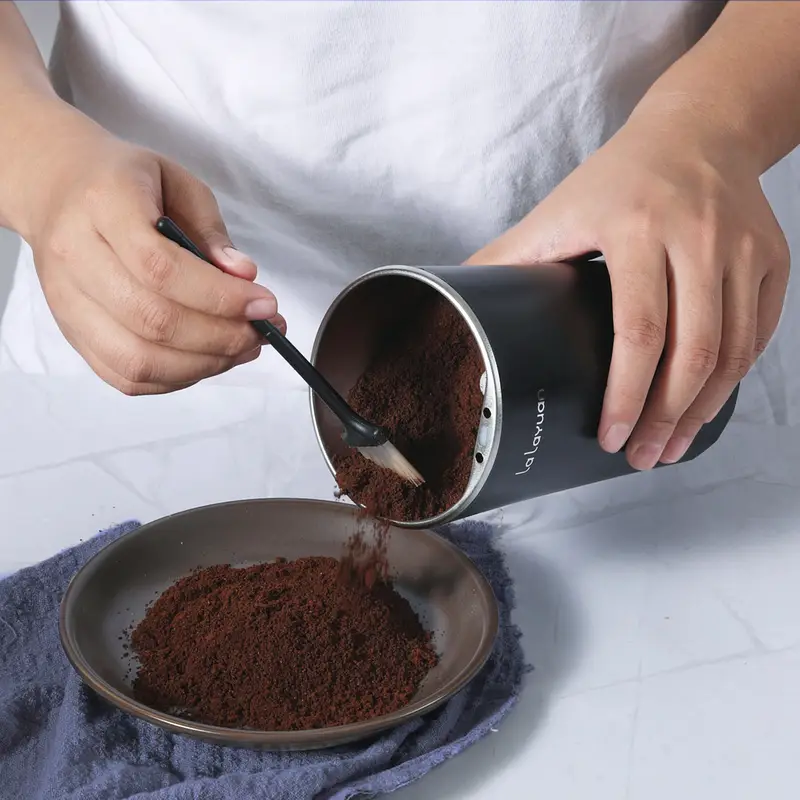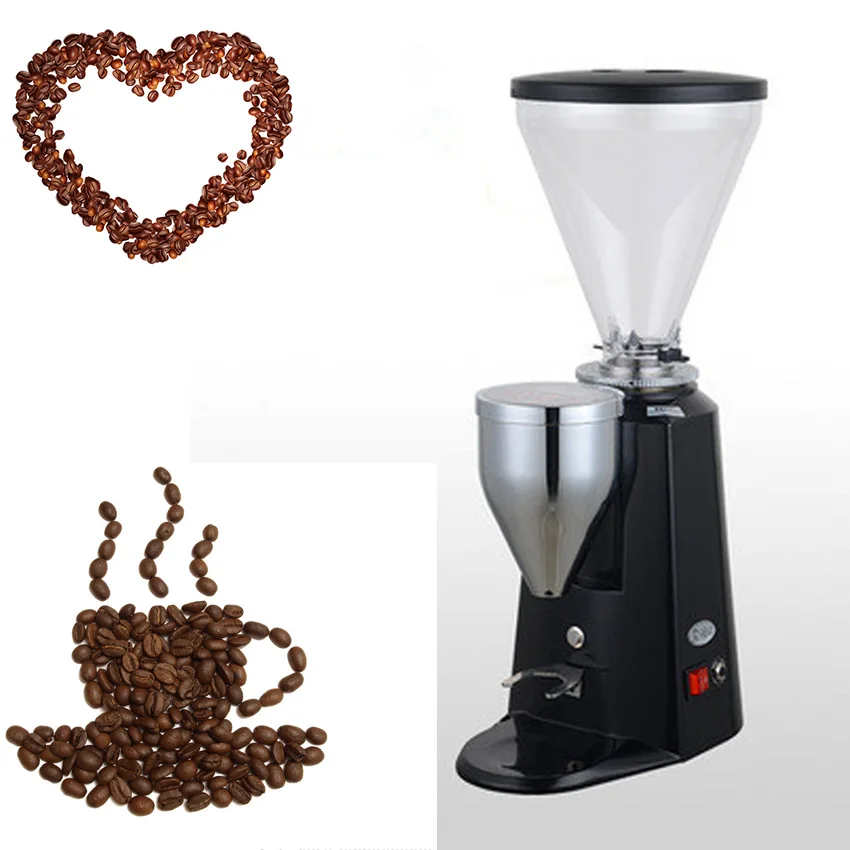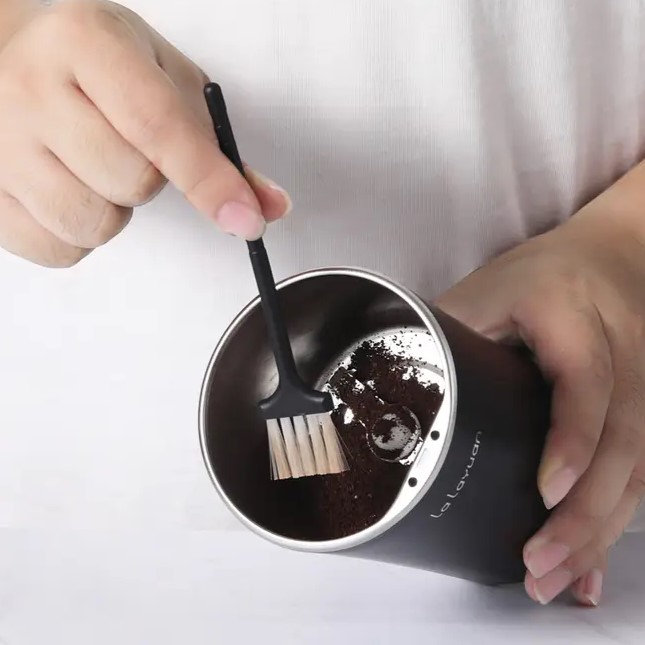
When it comes to brewing the perfect cup of coffee, the grind size of your coffee beans can significantly influence the flavor and aroma of the final product. Many coffee aficionados often debate the best equipment for grinding beans, with options ranging from burr grinders to blade grinders. However, a common question arises: can you grind coffee beans in a food processor? In this article, we will delve deeply into this topic, examine the methods and tips for grinding coffee beans using a food processor, and explore the advantages and disadvantages of this approach.
What You Need to Know About Grinding Coffee Beans
Before we explore the practicality of using a food processor, it’s essential to understand some fundamentals of coffee grinding. Coffee beans must be ground to specific particle sizes depending on the brewing method. In this section, we will discuss why grind size matters and how it affects the extraction process.
The Importance of Grind Size
Coffee extraction involves the process of dissolving soluble compounds from coffee ground into water. The grind size plays a pivotal role in this process. Simply put, different brewing methods require different grind sizes:
- Coarse Grind: Ideal for French press and cold brew. The larger particles prevent over-extraction, allowing a smooth flavor without bitterness.
- Medium Grind: Perfect for drip coffee makers. This size allows for a balanced extraction, providing a harmonious flavor profile.
- Fine Grind: Necessary for espresso and AeroPress. The fine particles ensure rapid extraction, intensifying flavor but risking over-extraction if too long.
By understanding the relationship between grind size and brewing method, you can appreciate why achieving the correct consistency is vital for an optimal coffee experience.
Can You Use a Food Processor for Grinding Coffee Beans?
Many kitchen enthusiasts may wonder if a food processor can serve as a makeshift coffee grinder. The short answer is yes, you can grind coffee beans in a food processor. However, unlike dedicated coffee grinders, food processors present some challenges that could influence your brewing results.
The Mechanics of a Food Processor
A food processor utilizes sharp blades to chop, slice, and blend food. When working with solids like coffee beans, it operates differently than specific grinders. Coffee grinders either use blades or burrs to crush beans into consistent sizes. While a food processor can chop coffee beans, it often doesn’t yield uniform particle size. Instead, you can expect a mixture of coarse and fine particles, which could affect the brewing process.
Pros and Cons of Using a Food Processor
Each tool has its merits and downsides. Hence, let’s break down the advantages and disadvantages of using a food processor for grinding coffee beans.
Pros
- Versatility: A food processor serves multiple functions beyond grinding coffee. If you already have one, it’s convenient for various kitchen tasks.
- Capacity: Food processors typically have larger bowls than most coffee grinders, allowing you to process more beans at once. This feature is particularly beneficial for brewing in larger quantities.
- Accessibility: Many people own food processors but might not have a dedicated coffee grinder. Using what you have simplifies the coffee-making process without additional purchases.
Cons
- Inconsistent Grind Size: As previously mentioned, a food processor often produces uneven grinds. This inconsistency could lead to over-extraction or under-extraction, affecting overall flavor.
- Heat Generation: Grinding beans in a food processor can generate heat, particularly when processing for extended periods. Excessive heat can negatively influence coffee flavor by altering the delicate oils within the beans.
- Cleanup Effort: Food processors generally require more cleanup than coffee grinders, as they contain multiple parts that can collect residues.
How to Properly Grind Coffee Beans in a Food Processor
If you decide to go ahead with grinding coffee beans in a food processor, knowing the right technique will help achieve the best results. In this section, we will outline step-by-step instructions to optimize the grinding process.
Step 1: Choose Your Beans Wisely
First and foremost, selecting fresh, high-quality coffee beans is crucial. Whether you prefer light, medium, or dark roasts, make sure they are whole beans and not pre-ground coffee. Quality beans significantly affect the flavor and aroma of the final brew.
Step 2: Measure the Beans
Before starting, measure the desired amount of coffee beans according to your brewing method. A standard guideline is approximately two tablespoons of coffee for every six ounces of water, but you can adjust this ratio based on personal preference.
Step 3: Add Beans to the Food Processor
Next, pour the measured coffee beans into the food processor’s bowl. To maximize efficiency and minimize clutter, avoid filling the bowl beyond half its capacity. This action helps ensure that the blades reach all beans evenly.
Step 4: Pulse for Consistency
Instead of holding the button down continuously, use short pulses to grind the beans evenly. Start with pulsing for about one second and then let the processor rest for a second before pulsing again. This technique prevents overheating and allows you to monitor the consistency closely.
Tips for Achieving Consistency
- Visual Check: Periodically stop and check the grind size visually. Look for a mix of coarse and fine particles to achieve an acceptable size for your brewing method.
- Shake It Up: If you notice that some beans are clumping at the bottom or not being processed evenly, use the food processor’s bowl to gently shake it. This action can help redistribute the beans for more even grinding.
Step 5: Stop at the Right Time
Once you achieve the desired consistency, stop grinding. Typically, for a coarse grind, you may spend around 10 to 20 seconds, whereas fine grinds could take around 20 to 30 seconds. Remember that over-grinding leads to heat buildup and flavor loss.
Step 6: Clean Up
After grinding the beans, carefully remove the bowl from the base of the food processor and pour the ground coffee into your brewing vessel. Clean the food processor’s bowl and blades thoroughly to avoid any coffee residues or oils from lingering, which might affect future food prep.
Alternative Methods for Grinding Coffee Beans
Even though you can grind coffee beans in a food processor, it may not be the best option for every coffee drinker. Other methods may yield better results and ultimately enhance your brewing experience. Below are alternative means to consider.
Burr Grinders
Burr grinders are the preferred choice among coffee enthusiasts due to their ability to produce uniform particle sizes. A burr grinder uses two revolving abrasive surfaces to crush beans consistently, allowing precise control over grind size. By investing in a burr grinder, you can elevate your coffee brewing to a higher level.
Blade Grinders
Many people also utilize blade grinders, a more budget-friendly option. These grinders use rotating blades to chop the beans. However, similar to food processors, they can also produce inconsistent grind sizes. Yet, they may be easier to clean and compact for quick storage.
Mortar and Pestle
If you are looking for a more traditional approach, using a mortar and pestle can also effectively grind coffee beans. This method takes longer and may require more physical effort, but it grants you full control over the grind size and produces a unique experience.
 Conclusion:
Conclusion:
In conclusion, while you can grind coffee beans in a food processor, it’s crucial to weigh the pros and cons carefully. Though a food processor offers versatility, convenience, and the ability to process larger quantities, it may not meet the precision required for a consistent grind size. If you’re serious about your coffee, investing in a dedicated coffee grinder, either burr or blade style, could elevate your coffee game. However, if you find yourself without a grinder, using a food processor will suffice. Just be sure to follow the steps and tips outlined in this guide for the best outcome. Ultimately, the journey to brewing the perfect cup of coffee often begins with the question: can you grind coffee beans in a food processor? The answer is yes, and you can achieve decent results by employing the right techniques.

